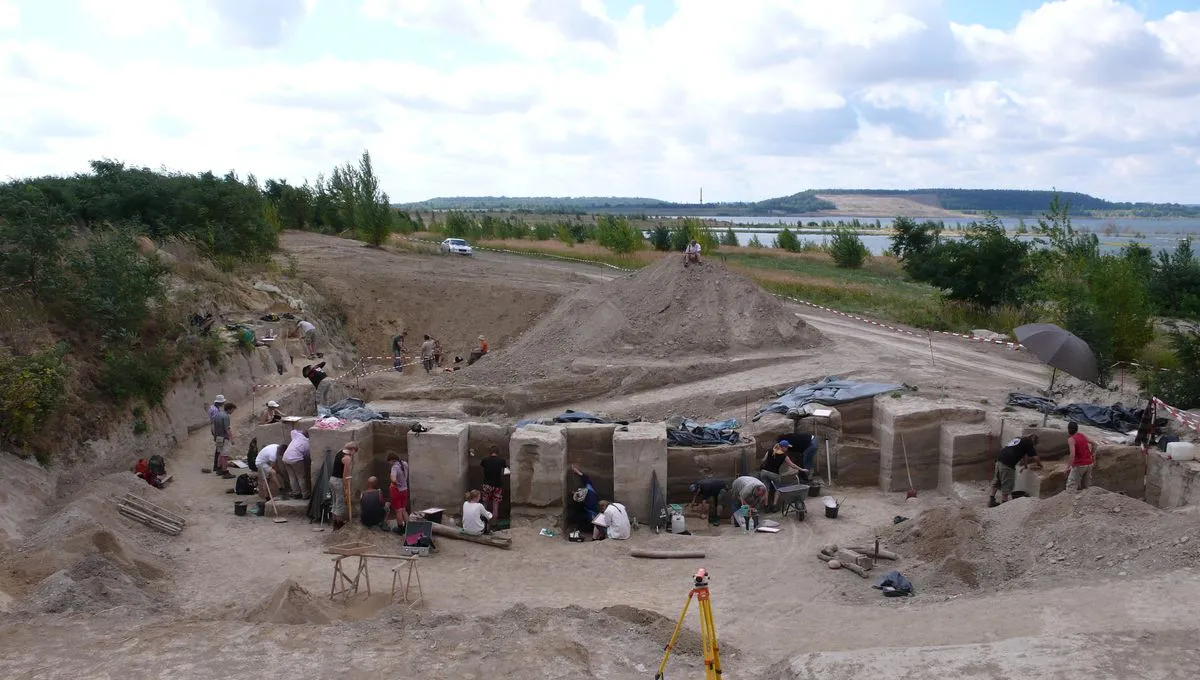
Recent research has unveiled intriguing insights into the dietary practices of ancient Neanderthals, particularly their use of bone grease. According to study author Wil Roebroeks from Leiden University, muscle meat—often associated with modern barbecues—was typically regarded as food for dogs by ancient hunter-gatherers. Roebroeks elaborates, “You can only consume 300 grams of protein a day and stay healthy… so you need a lot of other carbohydrates or fat to reach your daily energy requirements.” This statement highlights the necessity of diverse food sources in the diets of Upper Paleolithic Homo sapiens.
It is widely acknowledged that Upper Paleolithic humans relied significantly on bone grease to enhance their meals and maintain adequate caloric intake. Roebroeks explains that these early humans meticulously pounded fat-rich bones into minute pieces, investing considerable time and effort. They likely heated these fragments in water to extract fat, a process that took several hours. Until recently, evidence of such behavior had not been observed prior to 28,000 years ago, a period that followed the disappearance of Neanderthals from the fossil record.
The latest study reveals a remarkable discovery at the Neanderthal site of Neumark-Nord, where researchers found fragmented remains of 172 large mammals, including horses and deer. This assemblage indicates that Neanderthals engaged in large-scale grease rendering, creating tens of thousands of small fragments from fat-rich bones. The researchers note, “The evidence constitutes the earliest clear case of intensive grease-rendering yet documented for the Paleolithic.”
While this site may represent the first known Neanderthal fat factory, Roebroeks expresses that he is not entirely surprised by the discovery. He points out that Neanderthals were already utilizing birch bark 200,000 years ago to produce pitch, a type of adhesive. This suggests they possessed advanced cognitive abilities, as evidenced by their intricate techniques for controlling the temperature of their glue-making furnaces.
Roebroeks remarks, “The interesting thing is that it takes away a bit of that idea that these were immediate-return societies, which were focused on the here and now and didn't invest in any way in future activities.” This finding implies that Neanderthals may have engaged in food storage, showcasing their capacity for planning and delayed gratification.
According to the authors of the study, the significant cache of bones likely accumulated over time before being transported to Neumark-Nord in one substantial load, where they were diligently processed into calorie-rich grease. Although the exact method of bone grease consumption remains uncertain, the researchers suggest it could have been stored in dried form or incorporated into vegetable stews for enhanced nutrition.
This groundbreaking research not only enriches our understanding of Neanderthal diets but also challenges previous assumptions about their lifestyle and cognitive capabilities. As further studies unfold, we can expect to gain even deeper insights into the lives of these fascinating ancient humans.